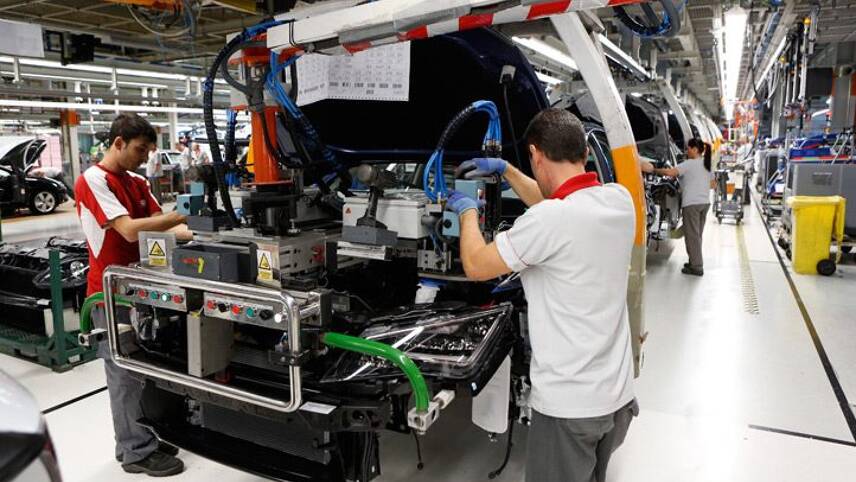Register for free and continue reading
Join our growing army of changemakers and get unlimited access to our premium content

Goals are in place to achieve a 50% reduction in environmental impacts by 2025
Over an eight-year period, SEAT has generated 34% less waste across its facilities and is set to introduce new measures that will push waste reduction figures to 60% in the next six years.
SEAT is going to optimise waste separation to obtain more material for recycling and reuse and aims to refine the waste generated at different stages of the manufacturing process, including paint and sealant slurry.
Since launching its Ecomotive Factory strategy in 2010, SEAT has reduced power consumption by 21.6% and water use by 30.9%. In addition, CO2 emissions have fallen by two-thirds.
SEAT’s vice-president for production and logistics, Dr Christian Vollmer said: “We aim to continue to improve in order to become a model company in every aspect – for the quality and production efficiency of our factories, as well as for finding solutions to the paradigm shift that businesses and society are faced with, where recycling, emissions reduction and environmental care are becoming increasingly more important.”
Goals are in place to achieve a 50% reduction in environmental impacts by 2025 and more than €16m has been invested so far towards environmental stewardship. SEAT had surpassed its key sustainability goal of cutting its environmental impact by 25% by 2020, against a 2011 baseline, two years early, reporting instead a 35.5% reduction.
Innovative solutions
SEAT is currently working on solutions to recover the heat emitted at the company’s Martorell factory chimneys, which will enable energy savings equivalent to the annual consumption of 760 households and reduce emissions equal to the benefits of planting 250,000 trees. SEAT will also extend the use of water-based paint for production, which will lower emissions from the production of around 38,000 cars.
SEAT has also installed 4,000sqm of air-cleaning paving slabs at its Martorell plant in Barcelona. The photocatalytic paving slabs, which are made by applying titanium dioxide to cement, convert pollutant nitrous oxides (NOx) into water-soluble nitrates when they are exposed to light, oxygen and NOx at the same time. This means they are self-cleaning as well as pollutant-trapping.
SEAT estimates that the installation of the first phase of slabs has cut NOx pollution at the plant by 40%, and will install them on a further 26,000sqm of walkways in the complex before the end of 2018 – a move it claims will reduce NOx emissions by 5.2 tonnes annually.
One of SEAT’s largest environmental initiatives is its 11MW “SEAT al Sol” solar installation, which consists of 53,000 solar panels installed on the roof of the Martorell plant.
At 276,000sqm, it is the biggest solar plant in the automotive industry in Europe and generates more than 17 million kWh each year – more than 25% of the energy needed to for the plant’s annual production of SEAT Leon cars.
Matt Mace


Please login or Register to leave a comment.